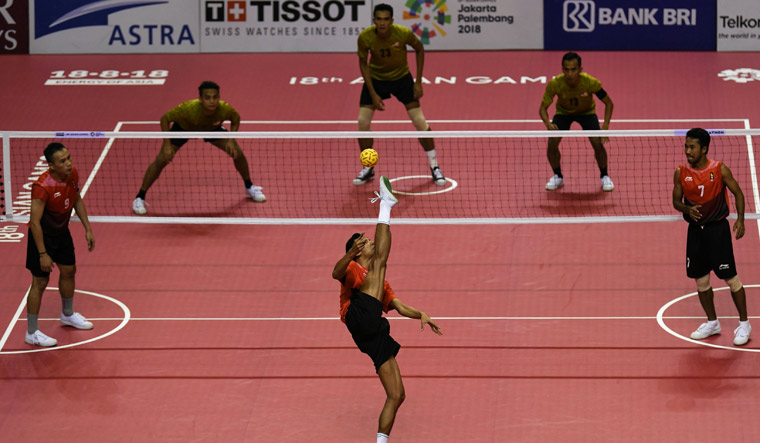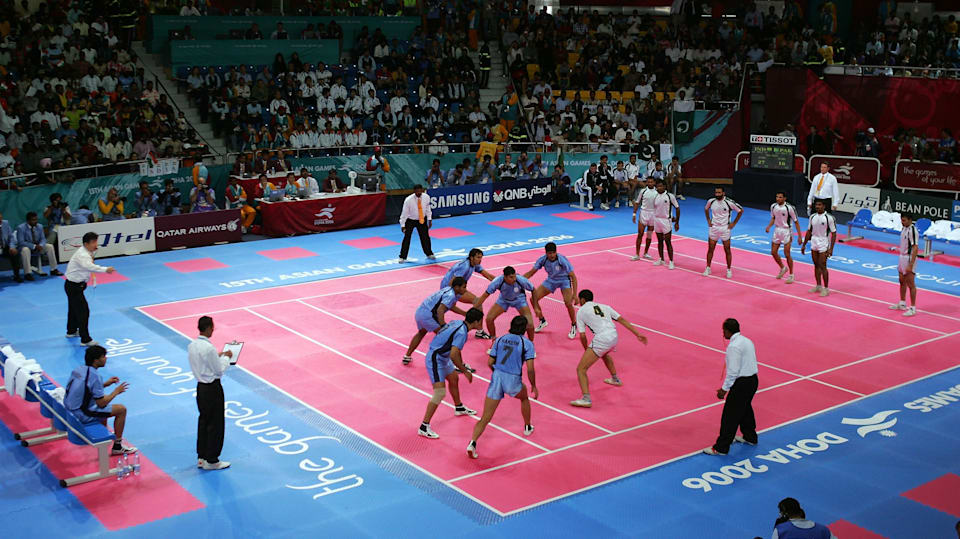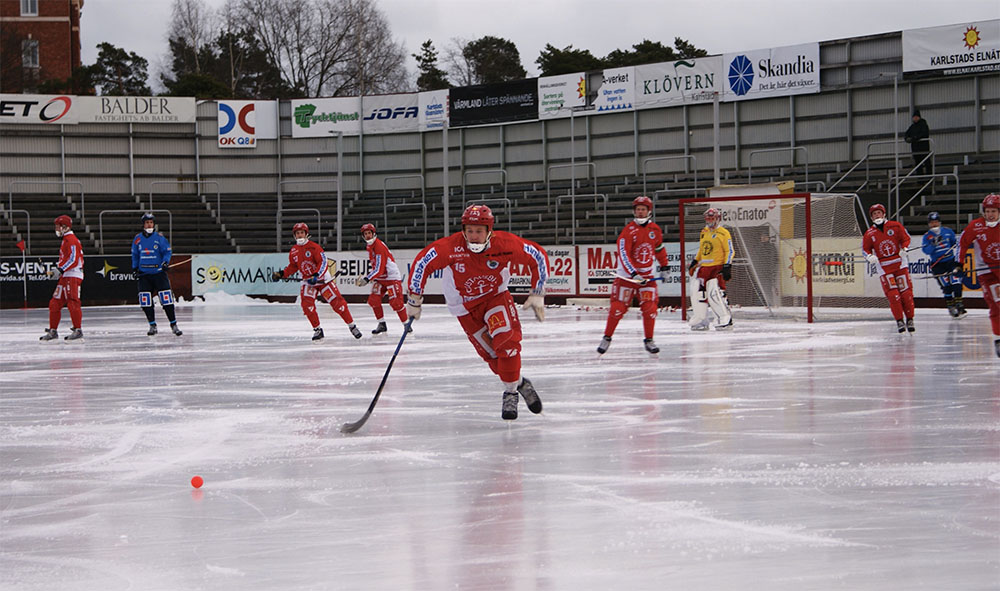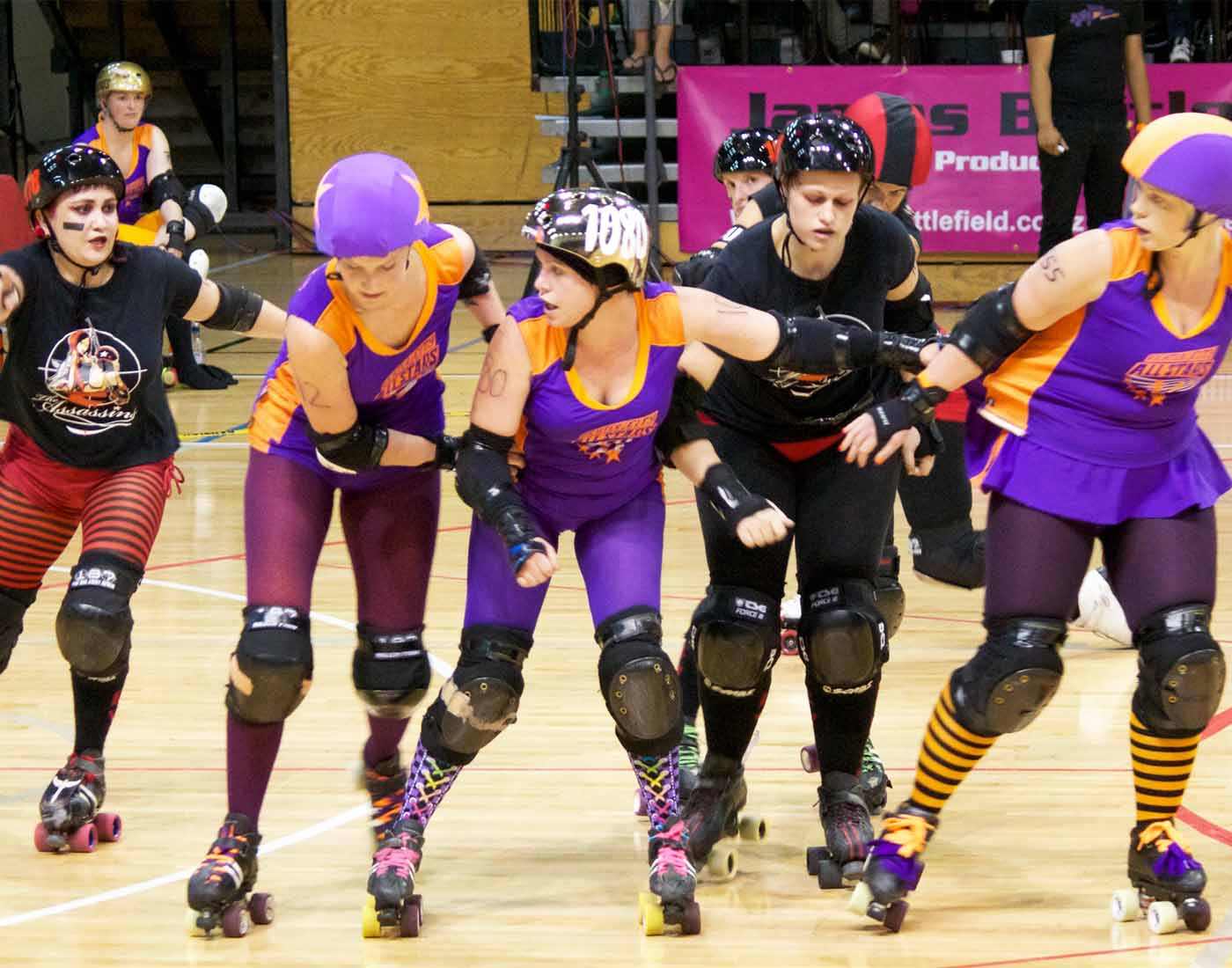While sports like football, basketball, and soccer dominate the global stage, there are intriguing and lesser-known sports that have rich histories and passionate followings. Let’s explore 10 sports that might not be on your radar, each with its unique origin and captivating details.
1. Sepak Takraw (Southeast Asia)
Originating in Southeast Asia, particularly Malaysia, Thailand, and Indonesia, Sepak Takraw is a dynamic sport that combines elements of soccer and volleyball. Played with a rattan ball, teams of three players use their feet, head, knees, and chest to pass the ball over the net without letting it touch the ground.

2. Kabaddi (India)
Known as the “Game of the Masses,” Kabaddi is a contact sport that originated in ancient India. Played between two teams, the sport involves a “raider” crossing into the opponent’s half, tagging as many defenders as possible, and returning without being tackled. It has evolved into various forms, including professional leagues.

3. Bandy (Russia)
With roots in Russia, Bandy is a winter sport resembling ice hockey but played on a larger ice surface with a ball instead of a puck. Teams of 11 players use sticks to maneuver the ball, aiming to score goals. Popular in Nordic countries and Russia, it showcases skill and speed on the ice.

4. Bossaball (Spain and Belgium)
Bossaball, a hybrid sport born in Spain and Belgium, combines volleyball, soccer, gymnastics, and capoeira. Played on an inflatable court with a trampoline on each side, teams aim to score points by sending the ball into the opponent’s half. The dynamic and acrobatic nature of the game makes it a visually exciting sport.

5. Buzkashi (Central Asia)
Buzkashi, originating in Central Asia, particularly Afghanistan, is a traditional equestrian sport with roots in nomadic cultures. Played on horseback, participants compete to grab and control a goat or calf carcass and score points by carrying it to a designated area. It reflects the equestrian prowess of the participants.

6. Wife Carrying (Finland)
Originating in Finland, Wife Carrying is a humorous sport where male participants race while carrying their female partners. The origins date back to a legend involving a notorious robber who tested his gang’s skills by making them carry sacks on their backs. The sport gained popularity and is now an annual event in Finland and other countries.

7. Hurling (Ireland)
Hurling, one of the world’s oldest field games, has its roots in Ireland. Combining elements of hockey, soccer, and lacrosse, players use a wooden stick, or “hurley,” to hit a small ball, or “sliotar,” into the opponent’s goal. It’s a fast-paced and highly skilled Gaelic sport with a rich cultural significance.

8. Chess-Boxing (Netherlands)
A sport that combines the intellectual prowess of chess with the physical intensity of boxing, Chess-Boxing originated in the Netherlands. Alternating between rounds of chess and boxing, participants aim to either checkmate their opponent or score a knockout. It tests both mental and physical endurance.
9. Ultimate Tazer Ball (United States)
Born in the United States, Ultimate Tazer Ball is a high-energy sport where players carry a large ball and attempt to score goals while avoiding being tazed by opponents. Though controversial due to safety concerns, it gained attention for its unique and electrifying nature.

10. Roller Derby (United States)
Originating in the United States, Roller Derby is a fast-paced contact sport played on roller skates. Teams of five players skate around an oval track, with a designated “jammer” scoring points by lapping members of the opposing team. It gained popularity for its combination of speed, strategy, and physicality.

These lesser-known sports offer a glimpse into the diverse world of athletic endeavors, each rooted in its unique cultural and historical context. While they may not have the global recognition of mainstream sports, their passionate communities, and fascinating gameplay contribute to the rich tapestry of sports worldwide.
